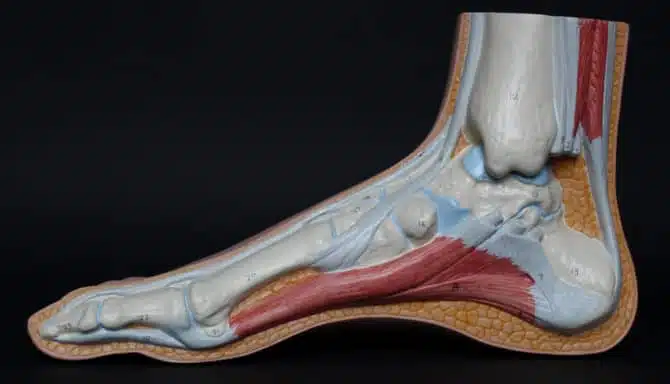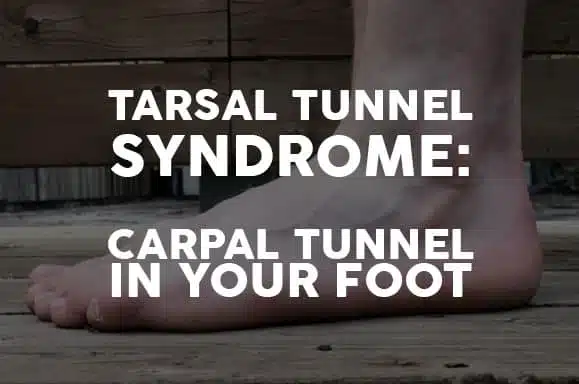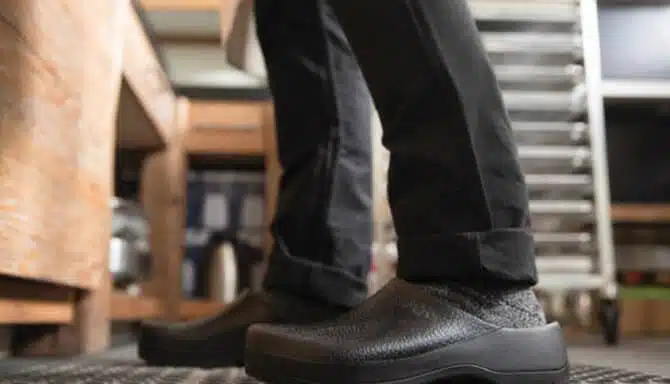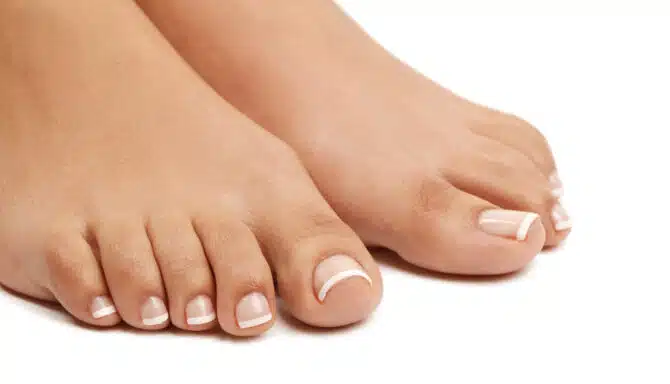Haglund’s deformity is a bony enlargement on the back of the heel.
The foot condition is found where the Achilles tendon attaches to the heel. The enlargement can lead to bursitis, an inflammation of the bursa (a fluid-filled sac between the tendon and bone).
Haglund’s deformity is often known as “pump bump.” Originally, doctors gave the condition this name because women who wore high heels were often observed to have Haglund’s. This is generally a myth as high heel wearers and non-wearers alike can get the condition, which was first coined by Patrick Haglund in 1927. Still, the term continues to be used today.
Causes
Although Haglund’s deformity is considered a common clinical condition, it’s “still poorly understood.”
Friction between the Achilles heel and the shoe contributes to Haglund’s. Beyond your shoes, it could be because of wearing ice skates or any stiff-backed footwear. This friction causes inflammation of where the Achilles attaches to the heel and a bone spur forms. Over time, the bone spur (a bony enlargement) irritates the bursa.
Typically, friction along the Achilles heel is the result of two things. First, overuse. Runners are particularly susceptible to Haglund’s deformity because of high mileage. Specifically, long-distance runners are prone to getting the bone spur.
Second, improper footwear can lead to Haglund’s deformity. If your shoes are too tight, your Achilles will rub excessively against the back of the shoe. Over time, bone spurs develop as a self-defence mechanism.
Additional causes may include:
- High arch
- Tight Achilles tendon
- Tend to walk or run on the outside of your heel
Overall, there are several risk factors involved with Haglund’s deformity but pinpointing a cause can be difficult. While external factors may increase your likelihood of having the condition, your foot structure as determined by your genetics may also come into play.
Symptoms
Beyond pain, Haglund’s deformity is one of the few foot conditions that you can visibly see.
Typically, your Achilles heel will have a bump indicating a bone spur. The enlargement feels rigid, as it’s a bone, and can grow over time. Since bone spurs are progressive conditions, meaning they won’t get any better even if treated, addressing the true cause is crucial to prevent additional friction.
Common symptoms may include:
- A bump on the back and outside of the heel
- Inflammation
- A callus
- A clicking sensation when you press on the bump
Diagnosis
As conditions that affect the Achilles tendon can be quite similar, diagnosing Haglund’s deformity can be difficult.
Fortunately, because of the presence of the bone spur, the appearance of your heel can differentiate Haglund’s from other Achilles conditions, like tendonitis. If in doubt, contact a healthcare professional for a diagnosis, and to have X-rays or an MRI, if required.
Treatment
Generally, and we’ve written about this before, surgery should be a last-resort option if non-invasive treatments fail. First, consider the following:
- Proper shoes (we at Feet First Clinic offer a free shoe fitting)
- Anti-inflammatories
- Icing
- Self soft tissue massage
- Custom Foot Orthotics
If none of the above treatments work, surgery may be your best and last option. During surgery, the doctor removes the bone spur from your heel, or it can be smoothed and filed down. This reduces the volume of the bone in the area and also frees up your bursa.
Removal of the enlargement also means that you may be less prone to the area rubbing against the back of your shoe.
Recovery is typically 8-10 weeks. In fact, a number of long-distance runners opt to have surgery for Haglund’s in the offseason. This illustrates that, if done correctly, surgery and a proper recovery plan can improve your quality of life if non-surgical options don’t work.
For most, walking is still possible with an air cast. This way, you can still move as you normally would, but reduce the weight-bearing component on your one leg (or both).
Your Solutions Live Here!
All under one roof! Our team is trained to handle any and all your foot health concerns. From mild, to critical, we cover all sides of the foot needs spectrum. Call us to ask about actionable steps towards your solution today!
Call us at 416-769-3338 or Click Above to Book Your Assessment Today!










